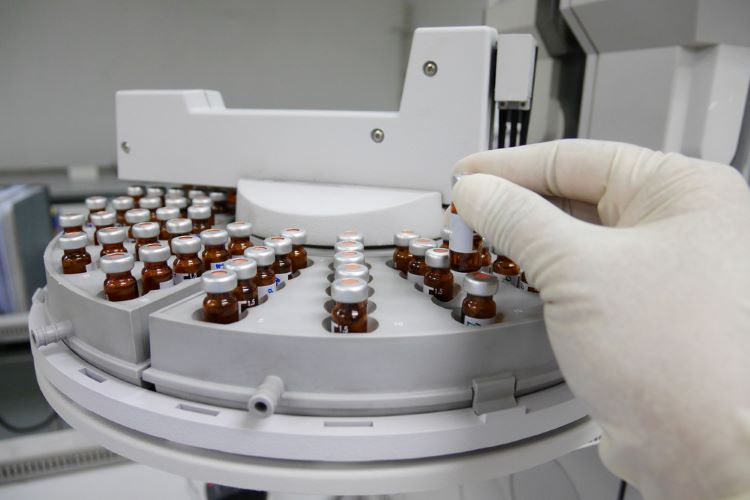Rapid HPLC method could improve formulation QC studies
Posted: 8 November 2023 | Catherine Eckford (European Pharmaceutical Review) | No comments yet
Researchers state the novel high-performance liquid chromatography with diode-array detection (HPLC-DAD) method can be utilised in routine quality control analysis of levofloxacin in pharmaceutical formulation and bioequivalence studies.


A paper published by Research Square has described a rapid, simple, accurate and precise high-performance liquid chromatography with diode-array detection (HPLC-DAD) method for levofloxacin determination in liquid pharmaceutical formulations.
The effectiveness of levofloxacin can be impacted by its stability in pharmaceutical formulations. This impacts the effective concentration of the drug, Mohammed et al. noted.
Therefore, quantitative determination of drug concentration in pharmaceutical formulations is vital when seeking better clinical outcomes for levofloxacin.
While several analytical methods have been introduced to quantify levofloxacin amount in different dosage forms, obstacles have been faced, the authors explained. To improve peak shape and resolution in HPLC methods, different kinds of additives have been employed as mobile phase components, however, a “relatively long separation time of about 13 minutes” results.
Many of these HPLC methods are based on specific detectors that are not widely available in all laboratories because of the high cost of the equipment, the authors wrote.
Different HPLC methods have been used to determine and quantify levofloxacin and its derivatives in human plasma and standard solutions, according to the authors, although there have yet to be application of the HPLC method for determining levofloxacin concentration in real and pharmaceutical solutions reported in literature.
The novel HPLC method
Measurements for the rapid HPLC method was conducted at 294 nm UV-Vis wavelength. The technique was developed to immediately estimate levofloxacin in the Oftaquix 5mg/mL ophthalmic formulation.
The ODS-phenyl column was used and maintained at 30 ± 2 °C and 294 nm λmax conditions. The mixture of acetonitrile: 0.1 percent trifluoroacetic acid (18:82 v/v) was used as a mobile phase with a rate of 1.5 ml/min, it was reported in the paper.
Levofloxacin peak was eluted at 9.5 min with good resolution, characterising a short analysis time, the paper highlighted. The method was validated in relation to system suitability, accuracy, linearity, and precision in agreement with the International Council for Harmonisation of Technical Requirements for Pharmaceuticals for Human Use (ICH) and US Food and Drug Administration (FDA) guidelines.
Analysis
When performing the HPLC method, the authors observed that the mobile phase containing acetonitrile: 0.1 percent trifluoroacetic acid (18:82 V/V) in a flow rate of 1.5 mL/min at the optimum wavelength of 294 nm, provided “the best isolation of peak response of levofloxacin in both standard and sample solution with no detection in placebo solution”.
Outcomes
the HPLC-DAD method can be applied for routine analysis of levofloxacin amounts in pharmaceutical formulations and bioequivalence studies in quality control departments and the pharmaceutical industry”
In the paper, it was shared that overall, the developed method showed a good linear relationship between levofloxacin concentration versus area at 50–150 µg/mL ranges. The correlation coefficient was 0.9999.
The validation outcome of the HPLC method presented in the paper indicated that the samples were stable during performing analysis and up to 48 hours, the paper stated.
Mohammed et al. concluded that in general, the HPLC-DAD method “can be applied for routine analysis of levofloxacin amounts in pharmaceutical formulations and bioequivalence studies in quality control departments and the pharmaceutical industry.”
Editorial note: the paper discussed is a pre-print.
Related topics
Analytical techniques, Chromatography, Formulation, HPLC, ICH guidelines, QA/QC, Research & Development (R&D)









